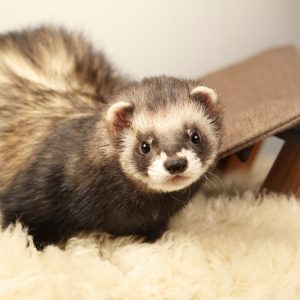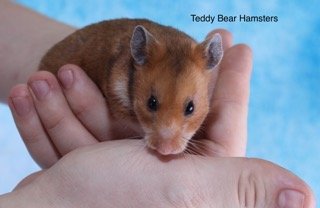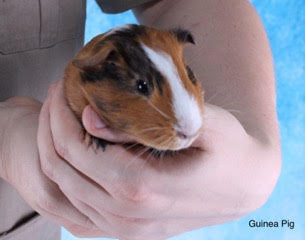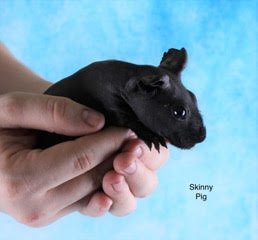Petland Pensacola, Florida

At Petland, we are proud to offer a wide variety of small animals that are sure to warm your heart! Whether you’re looking for a hamster, a guinea pig, a rabbit, or a ferret, we have the perfect cuddly companion for you. Our small animals are housed in open petter style environments, allowing you to interact and socialize with them at your leisure.
We offer the following types of small animals, each with their own unique characteristics:
At Petland, our small animals are well-socialized while in our store. Unlike other pet stores where animals are behind glass enclosures, our furry friends are accessible and you can choose one based on their unique personality. We believe in encouraging socialization, as it not only enhances the bond between small animal and owner but also ensures that our customers become well-informed pet parents before bringing one of our precious companions home.
In addition to our wide selection of small animals, we also carry a comprehensive range of supplies to ensure you can provide the best care for your new furry friend. From top-of-the-line cages and habitats that are visually appealing and easy to clean, to the latest toys, treats, and high-quality foods, we have everything you need to create a nurturing environment and strengthen the bond between you and your small animal. Our goal at Petland is to match the right






Frequently Asked Questions
Small animals can make great pets and are very low maintenance. Small animals are also great with children which make them perfect for families.
Small pets are significantly less demanding and easier to care for than larger pets if you don’t have a lot of space.
Yes, small animals are very friendly and are a great way to introduce children into pet ownership.
"*" indicates required fields